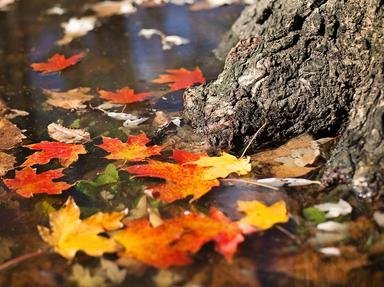Quiz Answer Key and Fun Facts
1. Kwanzaa was started by Maulana Karenga, an activist and professor of African studies. He was very active in the Black Rights movement and started the movement, US Organization, as a rival to which militant group?
2. The name of the celebration "Kwanzaa" comes from the Swahili phrase "matunda ya kwanza". This bountiful phrase has what meaning?
3. One of the objects used during Kwanzaa is a kinara, a candelabra holding seven candles. These candles are three red, one black, and three green. What do these colours represent?
4. The "Spirit of Kwanzaa" is a festive event that celebrates Kwanzaa through art, dance, poetry, and music. Held since 1996 at the Kennedy Center for the Performing Arts, where does this yearly event take place?
5. Kwanzaa also incorporates some traditional meals as a part of its celebrations. Which vegetable, known in Swahili as 'muhindi', is one of the symbols of Kwanzaa?
6. The 'Kikombe cha Umoja' is also known as a 'unity cup' and is one of the symbols of Kwanzaa. Who does one honour on the sixth day by drinking from the Kikombe cha Umoja?
7. When Maulana Karenga first created Kwanzaa and placed it on December 26, did he intend for it to be an alternative to Christmas?
8. A documentary about Kwanzaa was aired first in 2012 and was narrated by the famous Black poet Maya Angelou. What was the name of the documentary, reminiscent of the first night of Kwanzaa?
9. The celebration of Kwanzaa is centered around seven principles: Unity, self-determination, collective work, cooperative economics, purpose, creativity, and faith. Were these seven principles of Kwanzaa, the nguzu saba, created for the event?
10. Kwanzaa is a time of joyous celebration and, therefore, it is important to dress festively. Which formerly royal textile is often chosen to be worn?
Source: Author
LeoDaVinci
This quiz was reviewed by FunTrivia editor
agony before going online.
Any errors found in FunTrivia content are routinely corrected through our feedback system.
